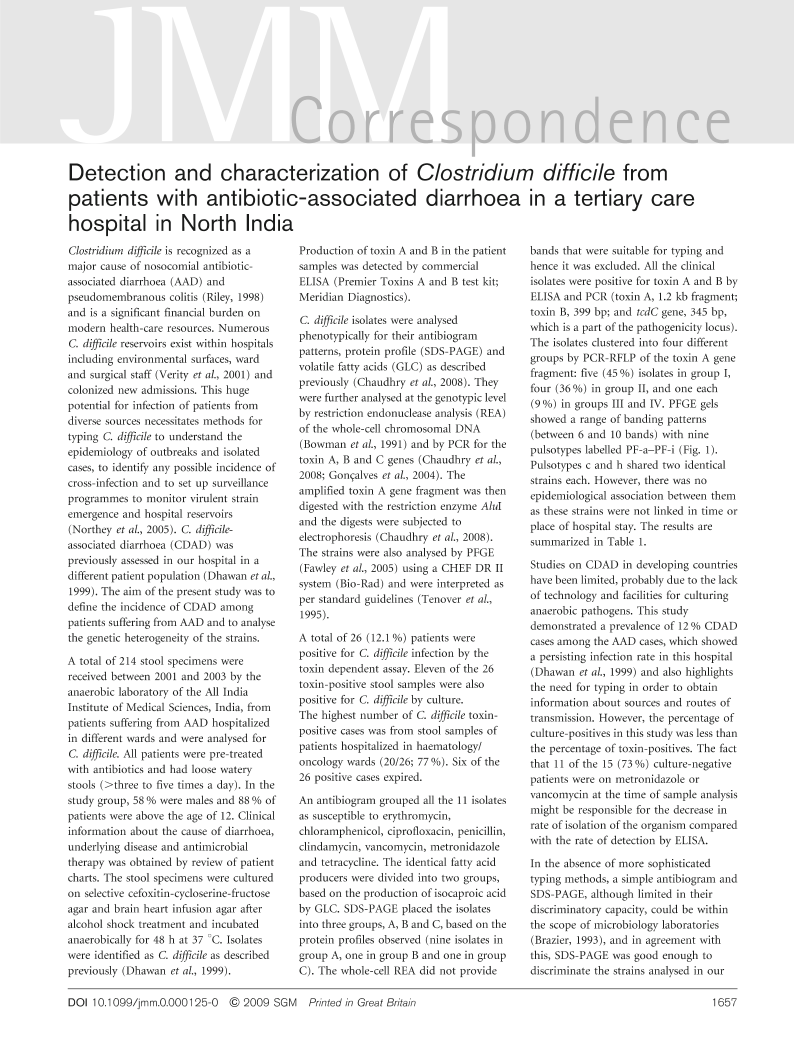
Full text loading...

Detection and characterization of Clostridium difficile from patients with antibiotic-associated diarrhoea in a tertiary care hospital in North India, Page 1 of 1
< Previous page | Next page > /docserver/preview/fulltext/jmm/58/12/1657-1.gif
There is no abstract available.

Article metrics loading...

Full text loading...
References


Data & Media loading...
